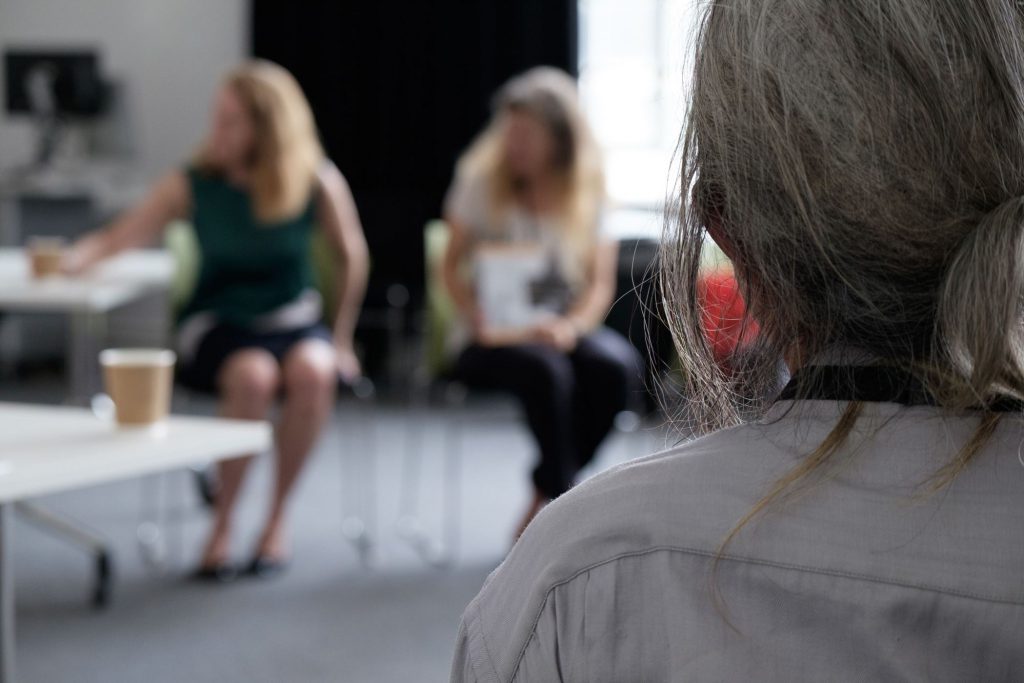3.3: Human Rights
Section aim
In this third section, human rights — rhetoric and reality, we delve in some depth into the international human rights framework.
The focus is those human rights that are most relevant to the right to access culture and to participate in cultural activities both for disabled and non-disabled artists. While enforcement of human rights for individuals can be tricky, used wisely, human rights language can be a powerful tool in the cultural sector.
The objective of this section is to equip you with the knowledge of these human rights in order to be able to use them in your dealings as a programme/venue manager to promote the inclusion of disabled dance.

What are human rights?
The video within the Equality and Human Rights Commission (EHRC) link below gives a good introduction to human rights and should help to scaffold the learning that follows within this section. The paper provides some useful context too.
- What are human rights? [EHRC]
- Human Rights Legal Frameworks and Disabled Dance an Introduction[Word document]
External links will open in a new web browser tab.
You might also like to have a general look around the EHRC website as it contains useful and practical information about human rights.
The paper introduces those parts of the international legal framework that are relevant to culture, and which could be useful when thinking about framing a manifesto grounded in human rights language.
The Human Rights Act & The Equality Act
As you will see, the various Treaties and Conventions that make up the International Human Rights Framework contain a strong and comprehensive set of human rights.
These human rights statements and obligations, along with the obligations in the European Convention on Human Rights 1950 are translated by States into national law.
In the UK, law in relation to human rights are to be found in the Human Rights Act 1988 and in the Equality Act 2010. You can find a really good introduction to these Acts on the Equality and Human Rights Commission websites which are linked to below.
- The Human Rights Act 1998 [EHRC]
- The Equality Act 2010 [EHRC]
External links will open in a new web browser tab.
Cultural venues
As you will see from the follow information, cultural venues have human rights obligations with respect to disabled people. Consider the report from the BBC in this context as well.
- Equality law – Theatres and other entertainment venues [EHRC]
- Wheelchair dancer sues company over dance floor ban [BBC News]
External links will open in a new web browser tab.
Consider the aforementioned report from the BBC and the obligations on cultural venues. Does your venue meet these obligations? If not, what would you envisage would need to be done to comply?
You will note that there are no direct obligations with regard to the right of disabled people to participate in cultural activities. But cast your mind back to the discussion in Section 3.1 on the failure of the arts to truly reflect a diverse workforce.
The Government interprets obligations with regard to equality and diversity to include the fair representation of disabled people in the cultural workforce. Hence the ‘carrot and stick’ approach to funding and the drive to collect data on the success – or otherwise – of the policy.
What does your organisation do to ensure the fair representation of disabled people in compiling its cultural programme?
Statments
While there is no definitive list of human rights, this is a list of statements derived from human rights and which are relevant in the cultural sphere.
- Everyone is equal
- Everyone has a right to freedom of expression
- Everyone has a right to participate in cultural life
- Everyone has a right to access cultural spaces
- Everyone has a right to be respected
- Everyone has a right not to be discriminated against
- Everyone has a right to be treated in a dignified manner
- Everyone has a right to pursue new and creative ideas
- Everyone has a right to enjoy the arts
- Everyone has the right to equal cultural opportunities
Reflect on what you have learnt in this section. Are there any other statements that you think should be added to this list that would be relevant to when thinking about the rights of disabled people to access cultural venues and to participate in cultural life?
